Vancouver Int'l Relights Apron With Dimmable LED System

Earlier this year, Vancouver International Airport (YVR) flipped the switch on its new all-LED apron lighting system, the largest apron LED installation in Canada. The approximately $2.5 million ($1.97 million U.S.) lighting system also features an adaptive dimming system based on gate usage, a first among North American airports.
Both features are designed to increase operating efficiency and decrease energy use at the facility in southwestern British Columbia. YVR has taken a proactive approach to energy savings for a number of years, reports Don Ehrenholz, the airport's vice president of engineering and environment.
Several years back, airport officials set aggressive energy savings targets for the facility, aiming to keep energy usage flat during a period of significant growth. When LED technology evolved to include higher wattage fixtures, YVR officials thought it time to begin considering ways to save energy in airside areas, Ehrenholz adds.
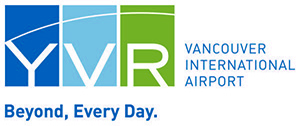 facts&figures facts&figuresProject: Apron Lighting Upgrades Location: Vancouver (BC) Int'l Airport Product Installed: Dimmable, all-LED lighting system Approx. Cost: $2.5 million ($1.97 million U.S.) Funding: Airport's Sustaining & Innovation Projects Fund Installation: Nov. 2016-Jan. 2017 Lighting Design & Manufacturer: Musco Lighting Installation: Continental Power Warranty: 10 years (parts & labor) Of Note: Largest LED apron lighting installation in Canada; adaptive dimming system bases light operation on gate usage; projected to save 715,000 kw/year, the equivalent of powering 72 residential households |
Shine On
When considering new apron lighting, the airport's overarching objectives included saving energy, reducing maintenance costs, providing better lighting on the apron and in the work areas around aircraft, and reducing light spill and glare that might affect pilots and air traffic control personnel.
As an early adopter of LED lighting for apron areas, management took a methodical and cautious approach when evaluating product options. "There were a lot of products and a lot of claims out there," reflects Ehrenholz. "Our in-house engineering staff looked at the specifications for the various products and chose three for a pilot test."
YVR installed each product on two light poles respectively, and then conducted a yearlong evaluation throughout 2015 to determine which product produced the desired energy savings and required light quality. In addition to energy savings, evaluators also focused on light quality during aircraft loading, unloading and fueling operations.
Maintenance was another consideration, Ehrenholz adds. "A typical metal halide fixture has a life span of about 8,000 hours before the bulbs have to be replaced," he notes. "Every year and a half to two years, our maintenance crews were out there in man lifts, sometimes not in the best weather, replacing these gigantic light bulbs."
Musco Lighting, the firm that won the contract to design the system and produce the product, performed a complete apron site assessment and designed the lights accordingly. For instance, the company built custom crossbars and adjusted the aim according to the specific light pole on which they would be installed.
"Glare control was crucial on this project," explains Musco Sales Manager Adam DeJong. "The challenge was to precisely aim light away from the pole to illuminate the back of the aircraft without creating glare for pilots and air traffic control. Our fixtures incorporate custom optics around the LED and visors to precisely light the intended areas, while hiding the light source, thus eliminating glare from viewers at a distance."
The ability to aim light into specific areas was especially important, emphasizes Ehrenholz. "You don't want light shining in areas that might interfere with other aircraft operations, for example, taxiing," he says. "The LED fixtures distribute the light more evenly and make everything appear brighter and crisper. From the tail of the plane to the nose, from wingtip to wingtip, we are now able to direct light into the areas we wish to light and cut off light from areas that might cause distractions, and ultimately safety concerns."
The airport's new LED system was retrofitted onto 62 light poles, each 90 feet tall, throughout the apron. Electrical components installed at the bottom of the poles allow maintenance personnel to replace fuses and change drivers from ground level, DeJong adds.
 Crews replaced the apron's metal halide fixtures with 450 LED light fixtures over the course of several months in late 2016 and early 2017. The new fixtures have a projected lifespan of 100,000 hours (25 years). In addition, they brighten immediately-unlike YVR's previous metal halide fixtures that took time to warm up if lights were mistakenly turned off.
Crews replaced the apron's metal halide fixtures with 450 LED light fixtures over the course of several months in late 2016 and early 2017. The new fixtures have a projected lifespan of 100,000 hours (25 years). In addition, they brighten immediately-unlike YVR's previous metal halide fixtures that took time to warm up if lights were mistakenly turned off.
And they are dimmable. YVR wanted to have the ability to control light levels at gates based on operational needs, says DeJong. To that end, Musco installed a wireless control system that connects with the YVR's aircraft management information system to determine whether a gate is occupied or empty.
"The lights will dim automatically 30 minutes after an aircraft leaves the apron area," Ehrenholz explains. "An aircraft shows up and the lights turn on. After ground crews finish loading or unloading, the aircraft pulls away and crews clean up, the lights turn off. The system saves energy and is very simple to operate. Our operations people have less to worry about because the system works automatically."
Big Savings & Investment Incentives
During the past decade, YVR has partnered with BC Hydro to develop Power Smart projects to save energy throughout the airport. "Whether in the terminal or some other airport facility, we measure the amount of energy being consumed, then determine how we might retrofit with LED fixtures," Ehrenholz explains. "In some instances, we've had to invent fixtures or have manufacturers create a fixture that we can pilot on a trial basis. BC Hydro calculates savings and offers a rebate to help offset capital costs. Typically, we've gotten back approximately one-third of our capital costs."
 According to energy use data gleaned during the pilot program, the new system is projected to save 715,000 kw/year. "That's equivalent to powering 72 residential households," Ehrenholz enthusiastically proclaims.
According to energy use data gleaned during the pilot program, the new system is projected to save 715,000 kw/year. "That's equivalent to powering 72 residential households," Ehrenholz enthusiastically proclaims.
Janet Fraser, senior vice president of corporate affairs for BC Hydro, applauds YVR for its "continuous commitment to demonstrating leadership in strategic energy management through innovative and collaborative projects and partnerships....We are pleased that the incentives we provided have contributed to a successful project that will enable YVR to save energy, operate efficiently and increase safety at its facility."
Feedback about the new lights from pilots, air traffic controllers and ground crews has been overwhelmingly positive, Ehrenholz reports. "Everyone is ecstatic. Our ground handlers are particularly happy because the light clarity is so much better."
It goes without saying that Ehrenholz is an enthusiastic advocate for LED technology. The following story speaks volumes about his stance: A few years ago, YVR officials were getting a lot of complaints about the paint and carpeting in the Customs Hall. When crews replaced the existing light fixtures with LED fixtures in just a few nights, passengers couldn't believe that the airport painted and replaced all the carpeting that quickly. Actually, YVR had only changed the lighting.
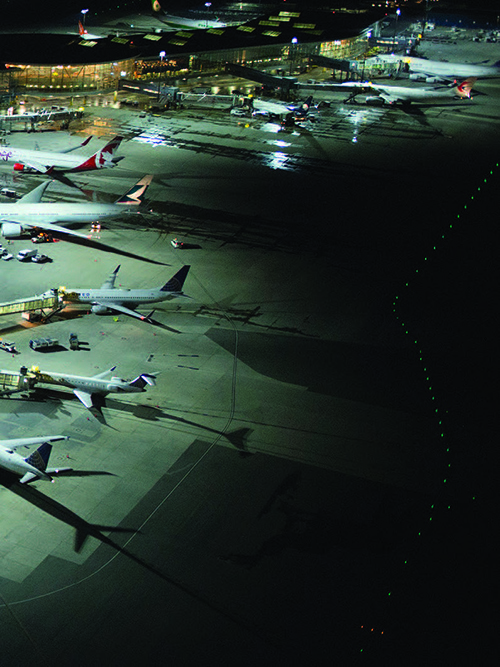
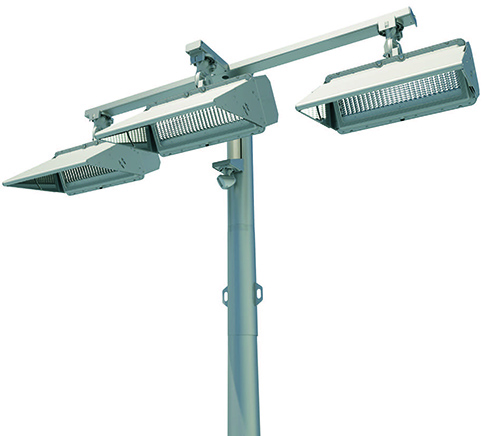
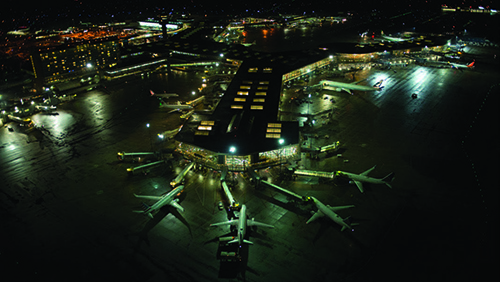
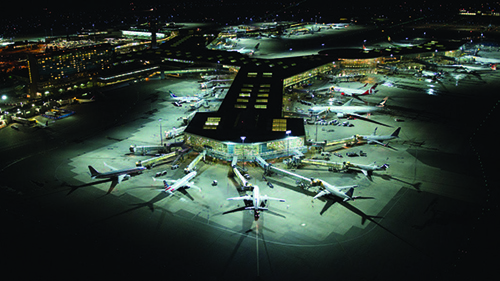
FREE Whitepaper
Fairbanks International Airport Baggage Transport Conveyor Enhanced With Mod Drive™ System
Airports face a host of unique industry challenges, such as meeting efficiency regulations and seeking out the best maintenance practices to reduce costs and keep operations flowing. In today’s current economic climate, any potential cost savings can go a long way.
In 2019, Alaska’s Fairbanks International Airport (FAI) sought to modernize its equipment and operations. They were dissatisfied with the performance of the gearmotors on their baggage transport conveyors and began searching for new suppliers. Regal approached FAI with a solution that could improve equipment performance and simplify maintenance, with the added benefit of energy cost savings: the Hub City® MOD Drive™ system.
This white paper discusses the hardware deployed, the test results and the annualized expectations for ROI.








